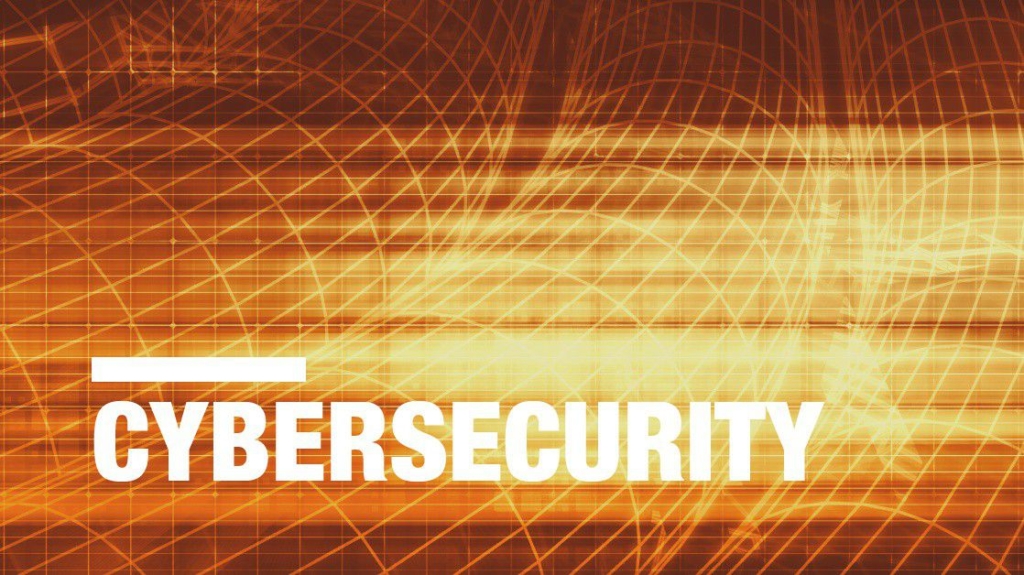Why Is Cybersecurity So Hard?

Cybersecurity is hard. Ask anyone in the field, but not in the way you think. If you're doing cybersecurity well, then it's boring. It's a lot of fortifying and hardening, but mostly patching. (So much patching.) But you don't want it to be exciting. Protecting your cyber assets isn't easy because what you're protecting against isn't well defined and it won't be — until its discovered. That sucks.
Explore the reasons why a system as complicated as yours needs a security protocol that the NSA would be proud of.
First off, you have A LOT to protect.
This is no exaggeration. Your organization has internet connections, websites, email access, customer portals, and so much more. All of these systems are connected in some way, meaning if one is vulnerable, all of them are. On top of this, the surface area of your organization is open to the outside world. Your customers can access it, so that means other might be able to.
Placing proper restrictions on your users is a good first step. But more importantly, train everyone in your organization on basic security practices. Hopefully, it'll protect against the basic attacks, and they'll know what to do if something does go wrong.
It's important that your environment is well mapped out and accurately documented. After all, you want to know exactly what you're working with if something goes wrong. You should have your critical services such as servers, network switches, and storage devices noted, and have daily, weekly and monthly checks set in place. Items such as log files and network activity should be looked at carefully so that you can recognize patterns. Once you understand what you baseline looks like, it becomes easy to spot any abnormalities.
It's you versus the web.
There are tons of malicious entities on the internet that compromise systems like yours for a living. Unlike you, they don't have to follow best practices. Your knowledge of internet security has at least match that of potential hackers. Your skills also should be up to date, encompassing all of the recent changes in the information security sphere.
The obvious solution is continuous training, skills development, and skills transfers within your department. Comprehensive training will allow your team to operate more cohesively when confronted with a cyberthreat. If you are a one-man team, enlisting outside help from a managed IT services provider is worth considering.
You can't predict what's going to happen.
Hackers and cybercriminals do not send meeting requests or ask for permission before attacking your network. So, the chances of you being aware of an attack before it starts are just about zero. Even if you have followed due diligence, you'll likely still find out about the attack after the fact.
The firefighting that comes with this unpredictability is a piece of what makes cybersecurity so tough — there's no way to be completely prepared. That's why keeping track of processes through log file analyses and real-time monitoring systems is so critical.
Your team needs to adopt a proactive approach to combat anything that could happen, along with procedures that outline what to do in such instances. Practicing your procedures will confirm that you'll be able to restore in as little time as possible, even if you don't see it coming.
Something seemingly little can become a big problem.
Many sysadmins are guilty of ignoring Kill messages and failure notifications, especially if they're coming from a non-critical system or older piece of hardware. These seemingly innocuous Kills can be the launching point for an attack. An unmonitored system is open for intruders to enter without resistance. Once you know what you are dealing with, you're going to need to adopt a proactive attitude and make a plan to fix these Kills. These kinds of problems are very similar to visits to the dentist: the longer you leave them, the worse it's going to be.
It's not just about your security — it's also about your team's.
If the scenarios that we have outlined so far sound like something that you'd never do — that's great. However, you're probably not solely responsible for everybody's behavior.
Drive home the point to your team that password complexity and password security play a huge role in keeping your environment locked down. A small lapse in password handling can cause extreme headaches.
It's also about determining the right data to protect.
Before you can support a business's IT infrastructure, you need to understand the operating requirements of the organization. You'll need to find out what data is required for each department to operate efficiently and its location. Once you have a clear picture of these data sources, you'll need to protect them and make regular backups.
Your IT infrastructure produces an ocean of data every second of every day, so what are you going to do with it all? Finding out what is useful and what you can discard is critical if you're going to make sense of it. Looking at your intrusion detection systems is a great place to start. From here you can see initial spots to check, such as suspicious IP addresses that are trying to access specific ports on your network.
Training everyone is key.
Time is a factor when trying to defend against attackers, so training your users to be proactive and alert about any suspicious activity can make the difference.
If a user notices anything going amiss, immediately contacting the IT department should be implemented as a best practice for your team.
The only real way to keep up with cybercriminals is to certify and train on the latest security methods. As technologies evolve and change, so too should your understanding of what it takes to keep your organization's IT environment safe.
delivered to your inbox.
By submitting this form you agree to receive marketing emails from CBT Nuggets and that you have read, understood and are able to consent to our privacy policy.